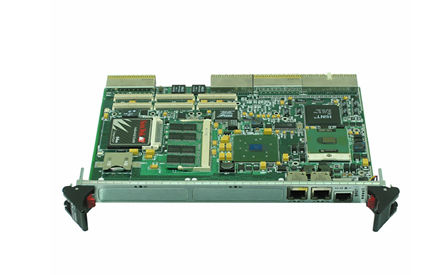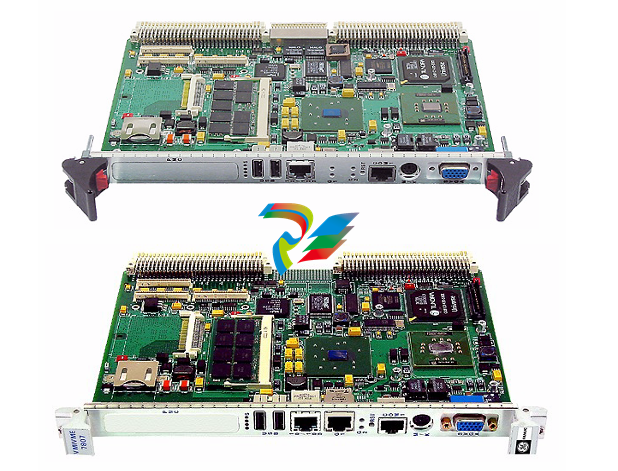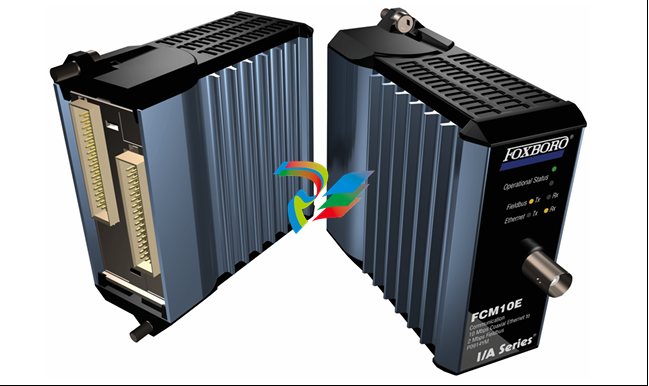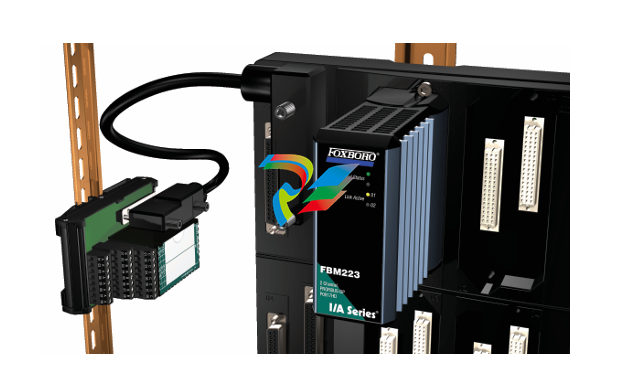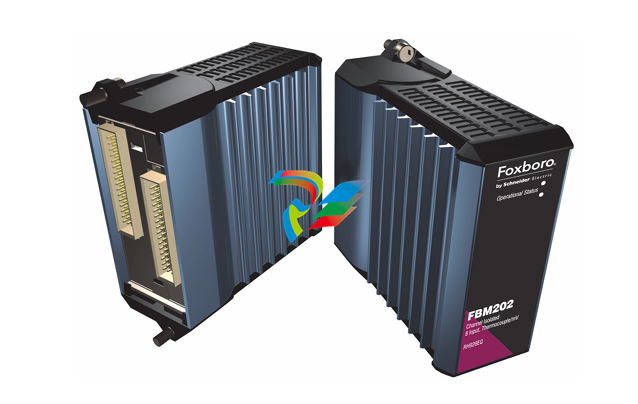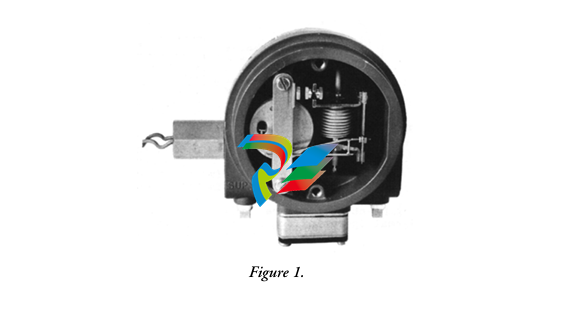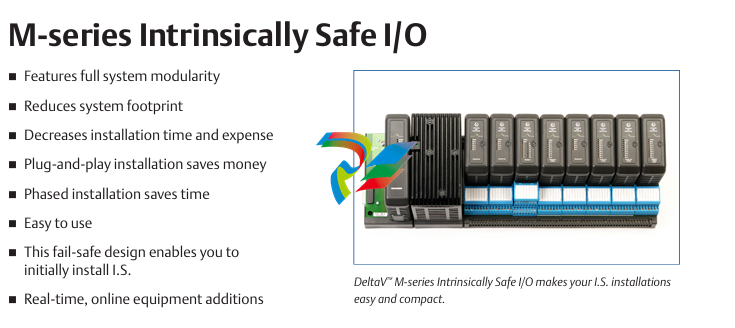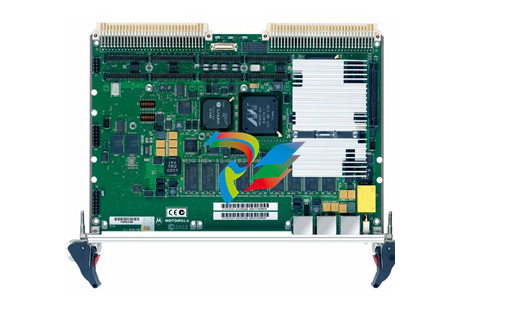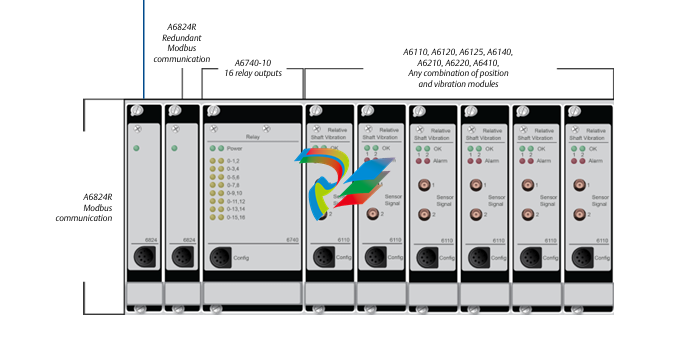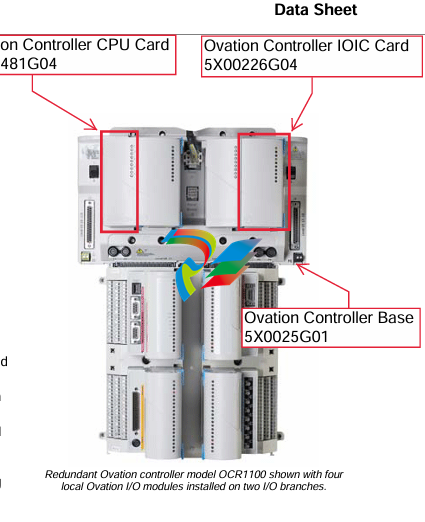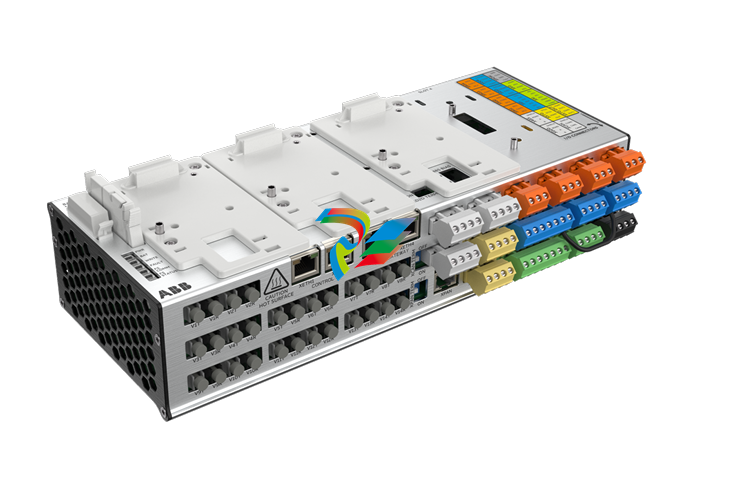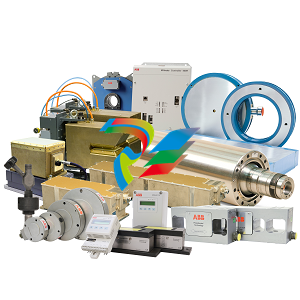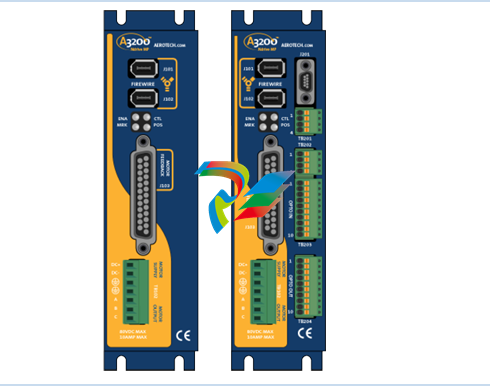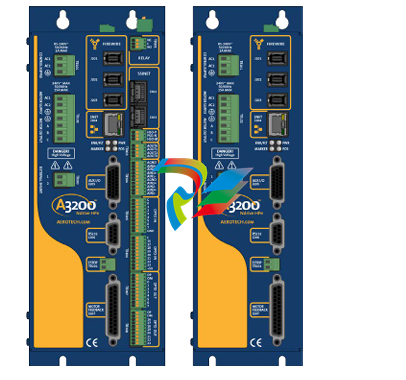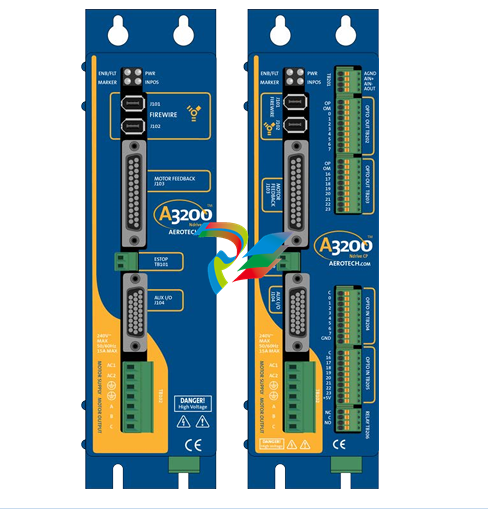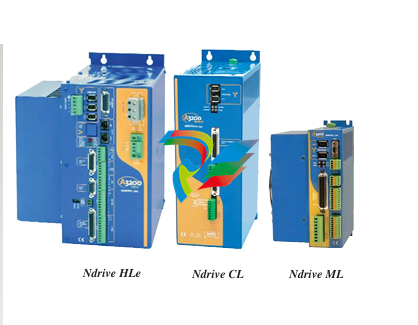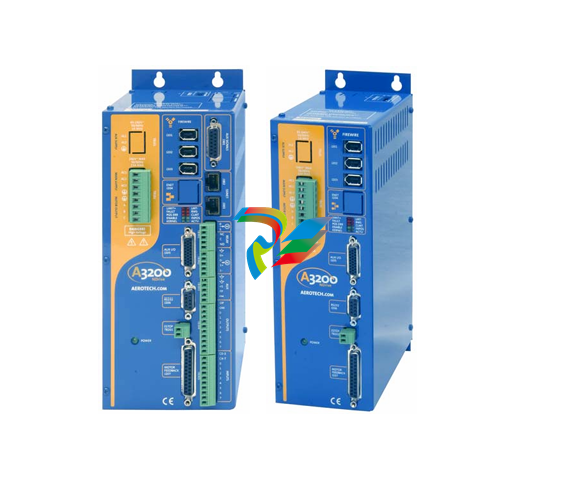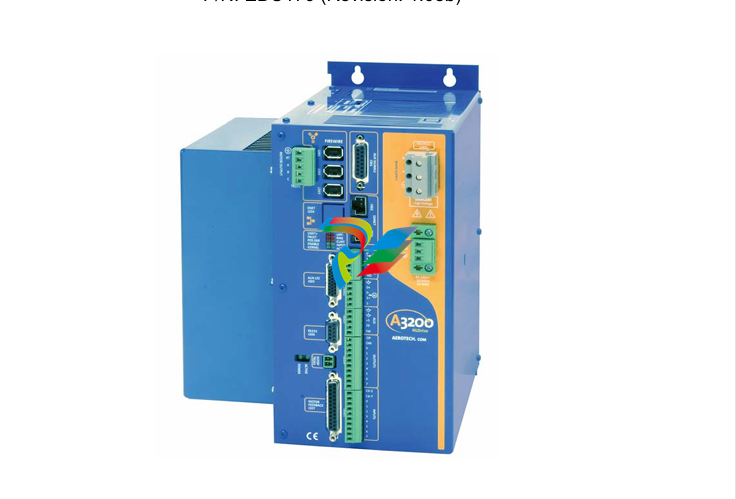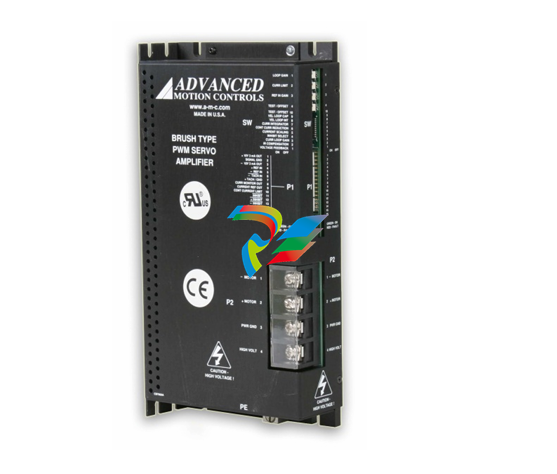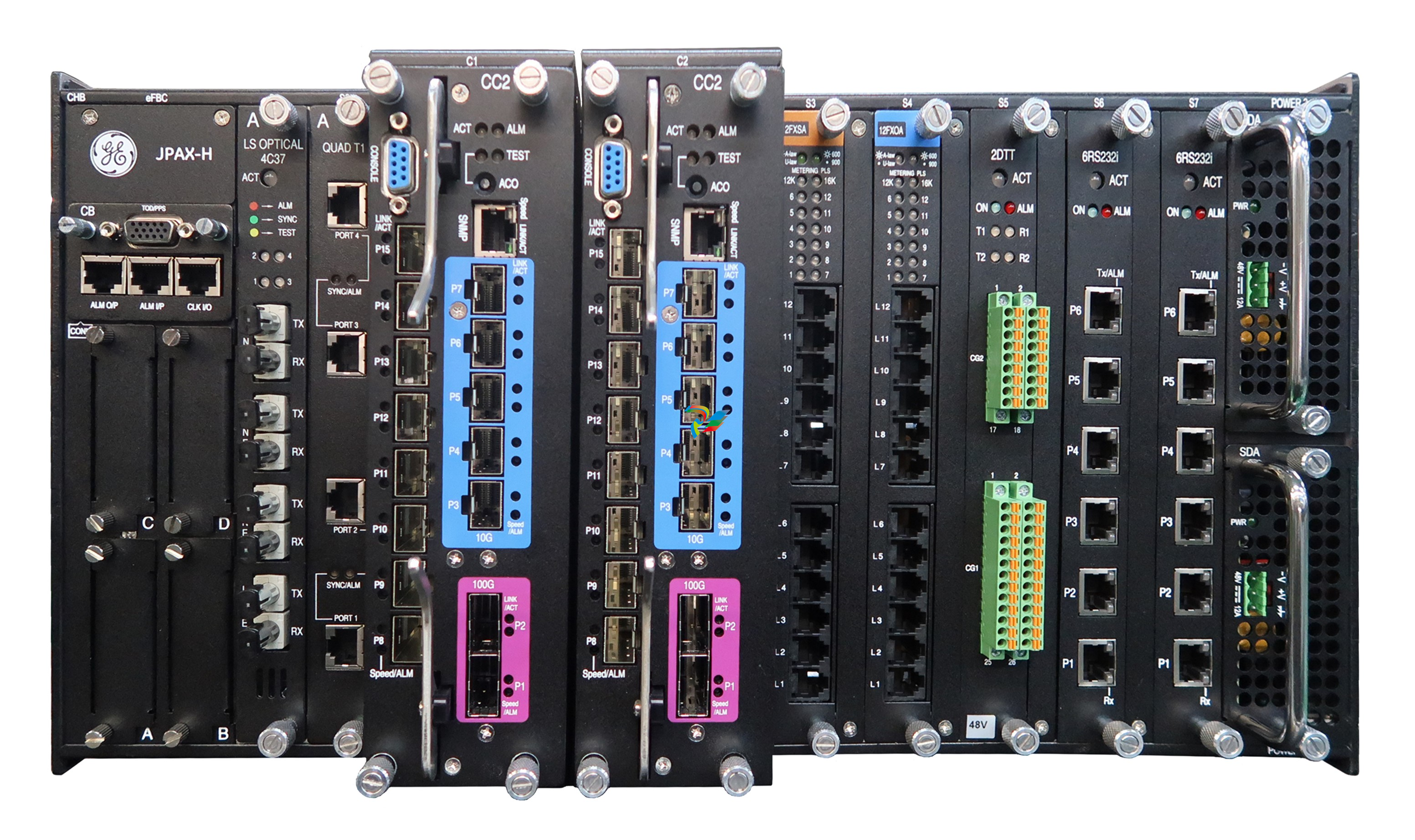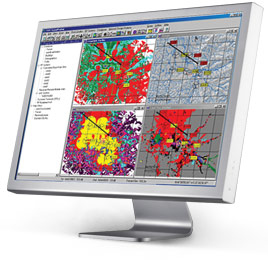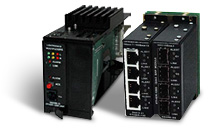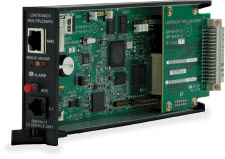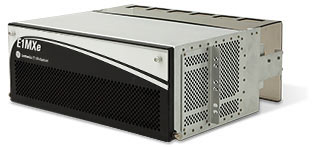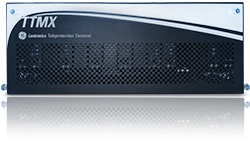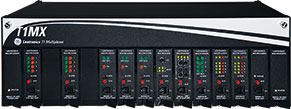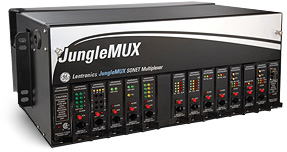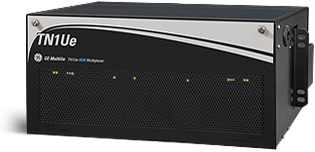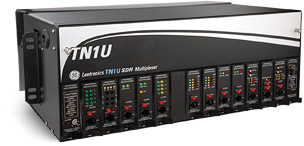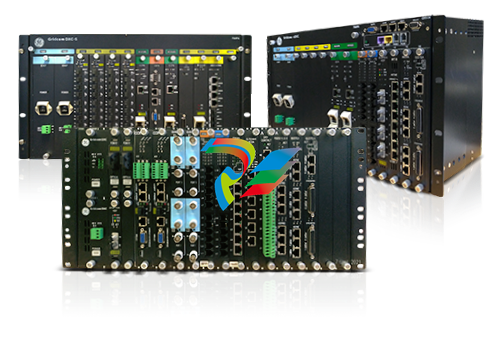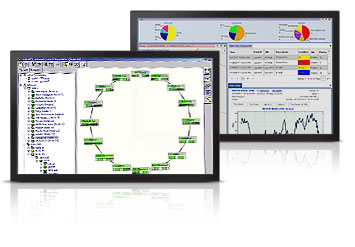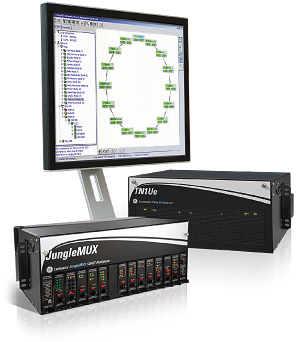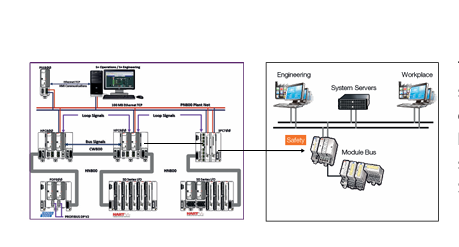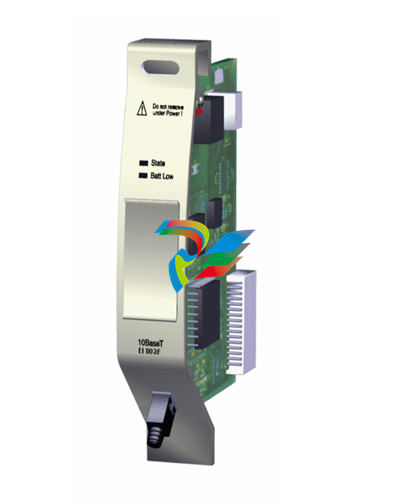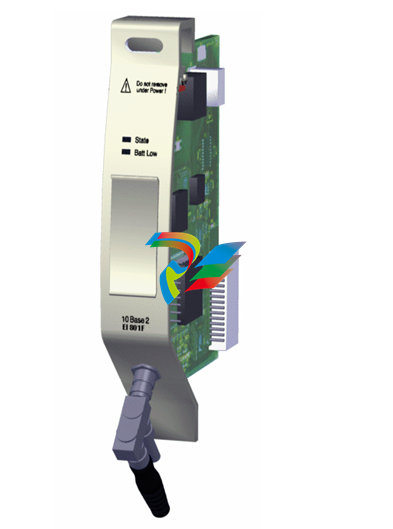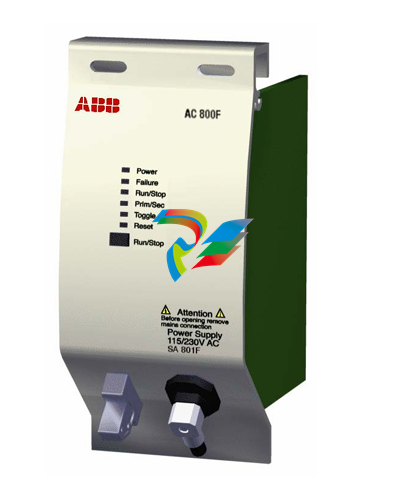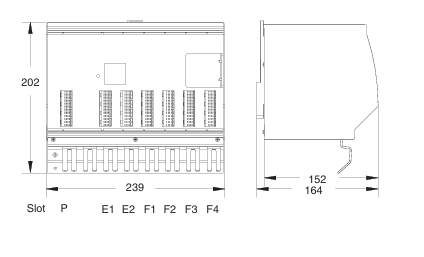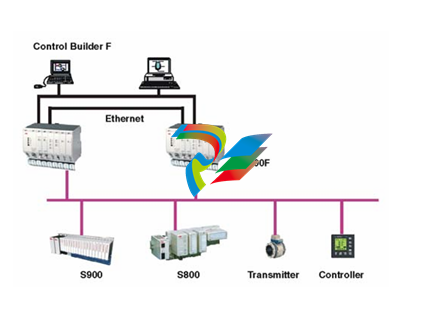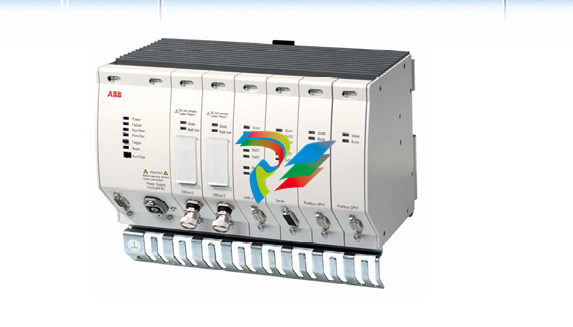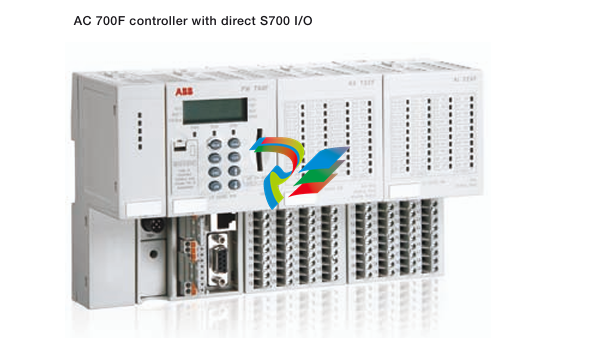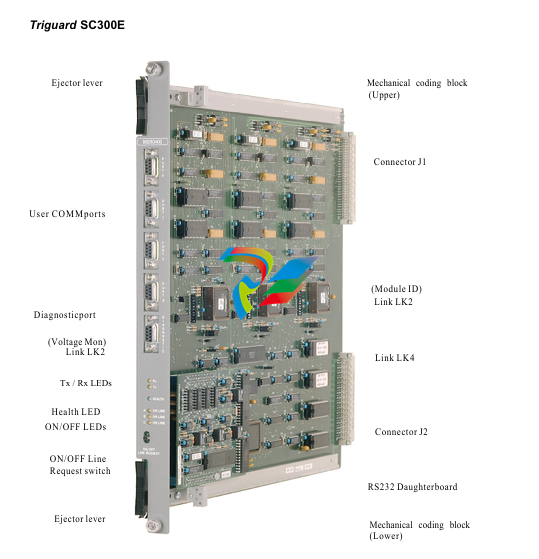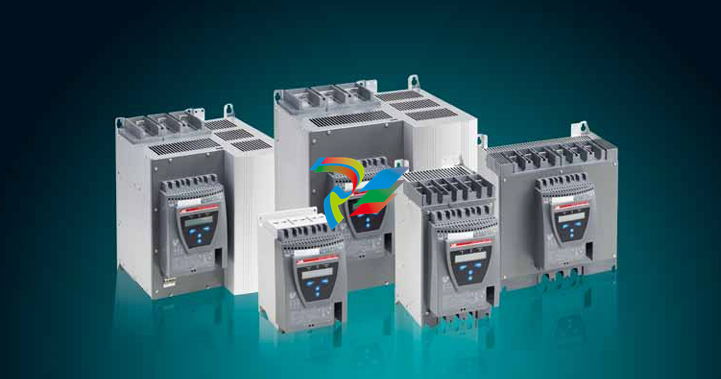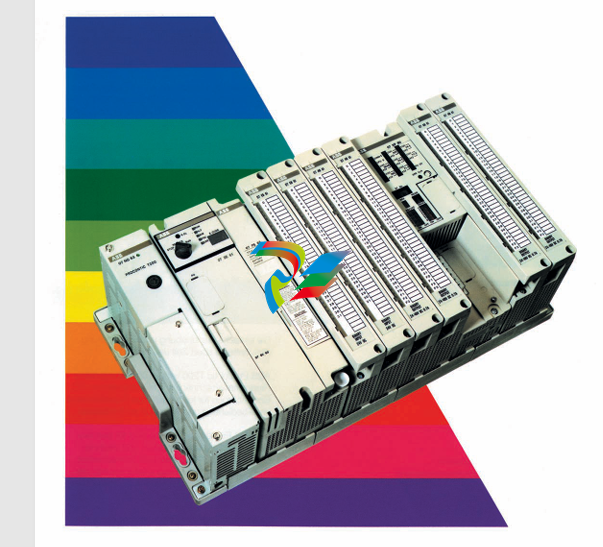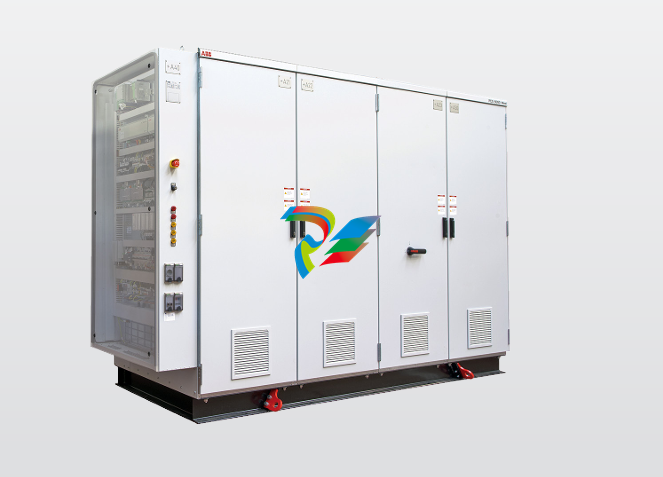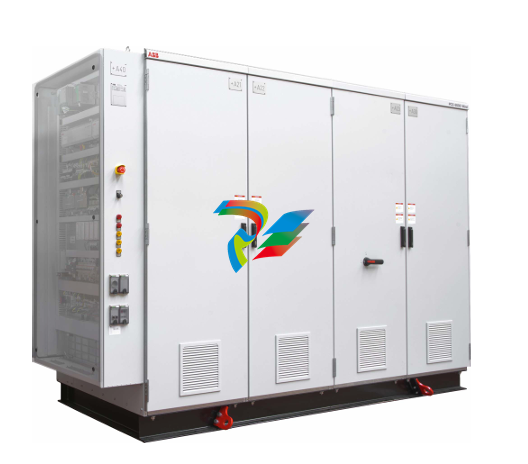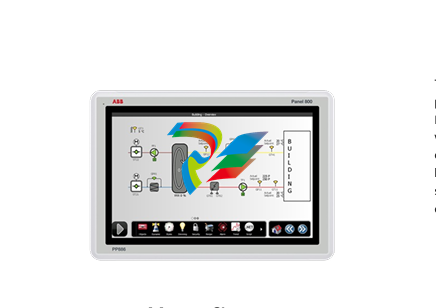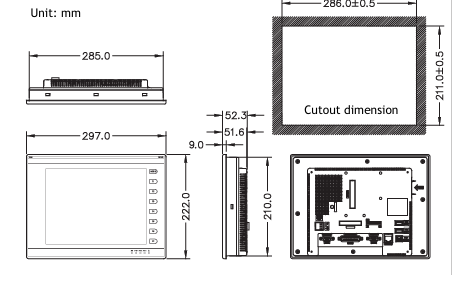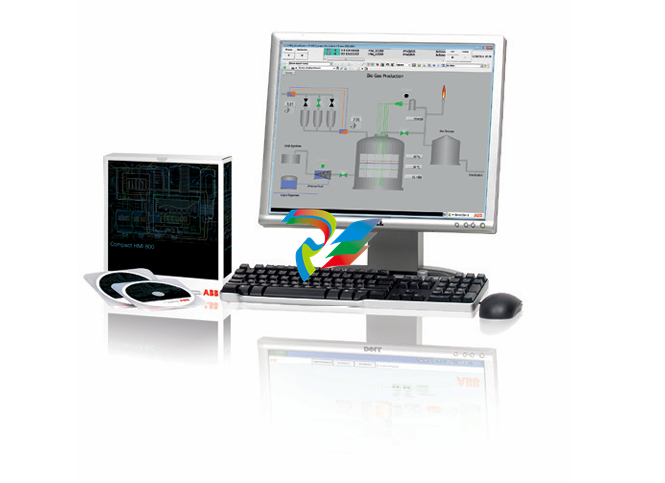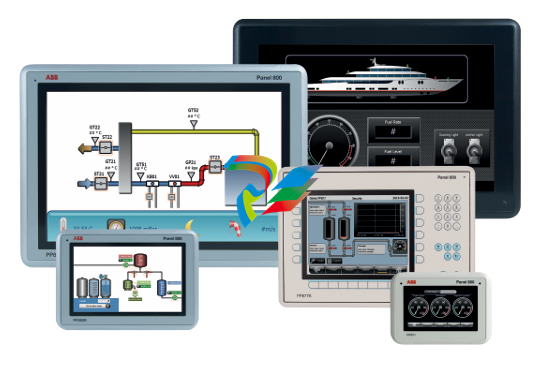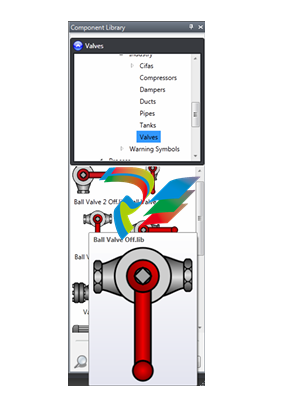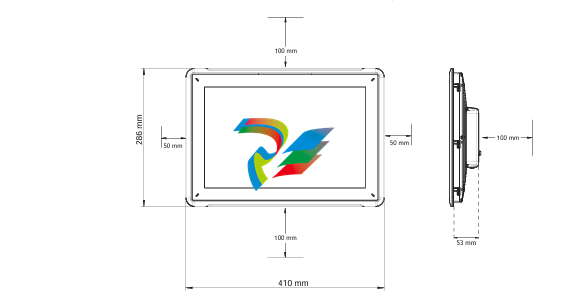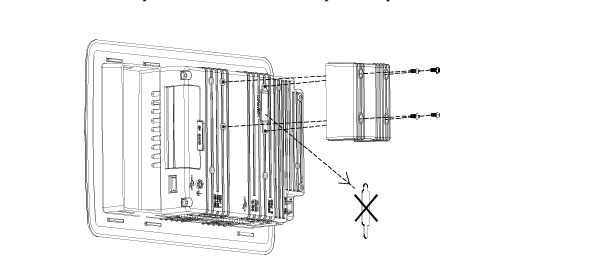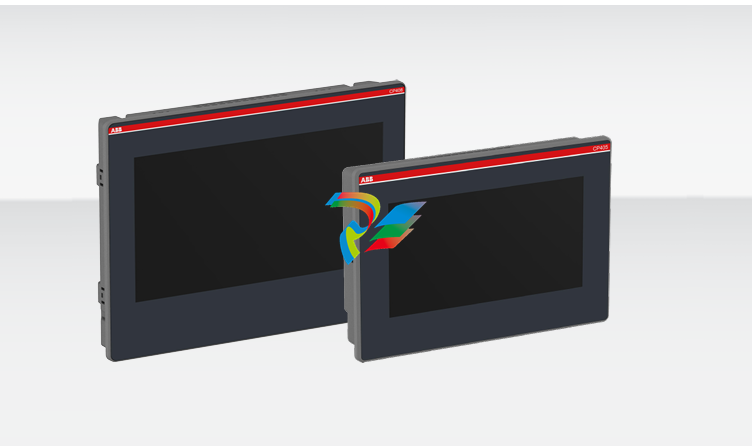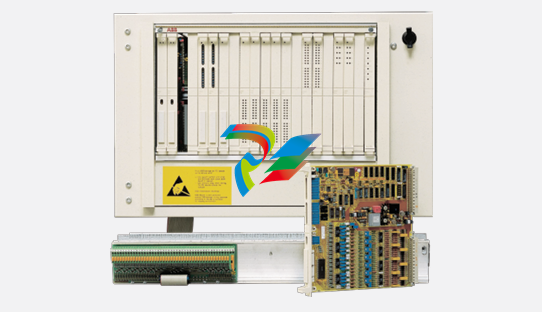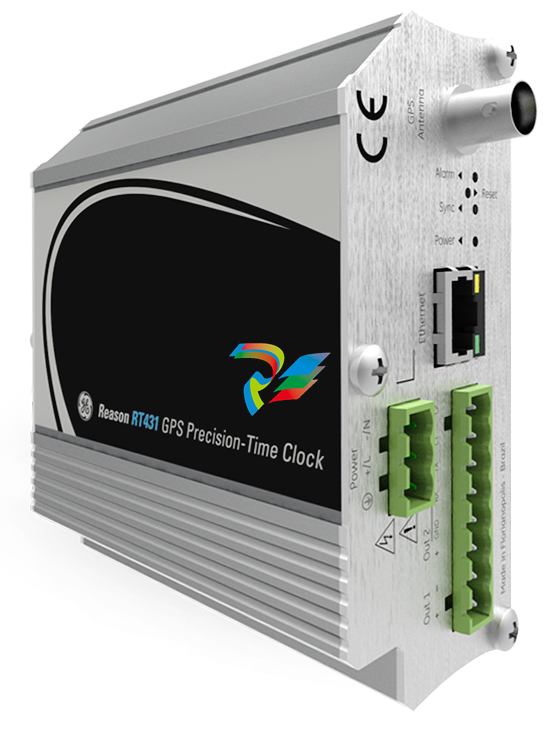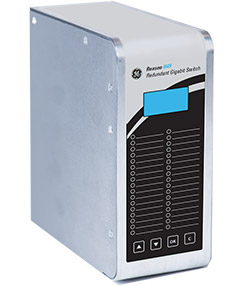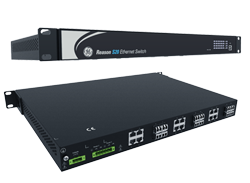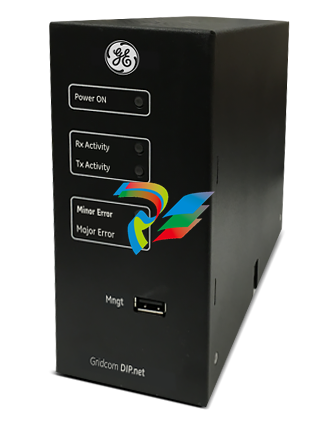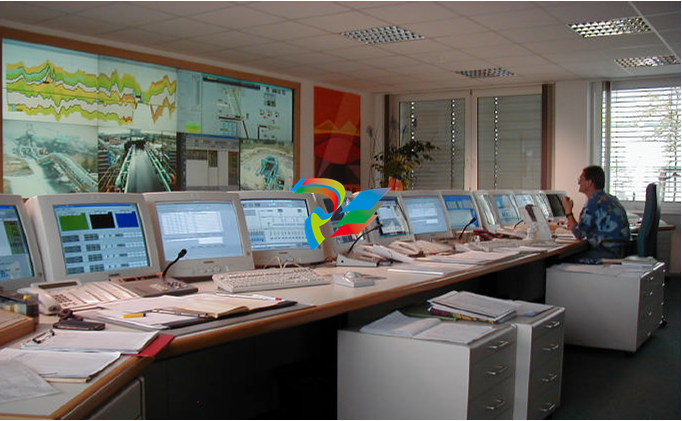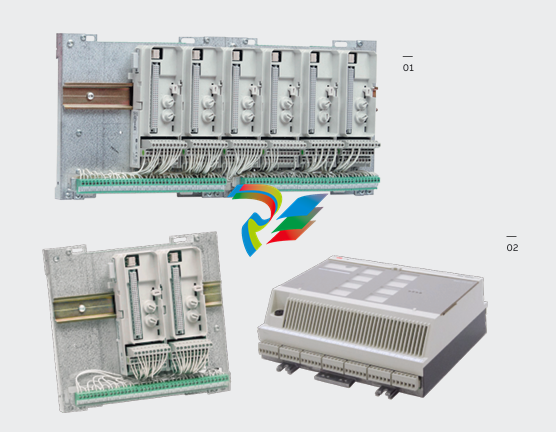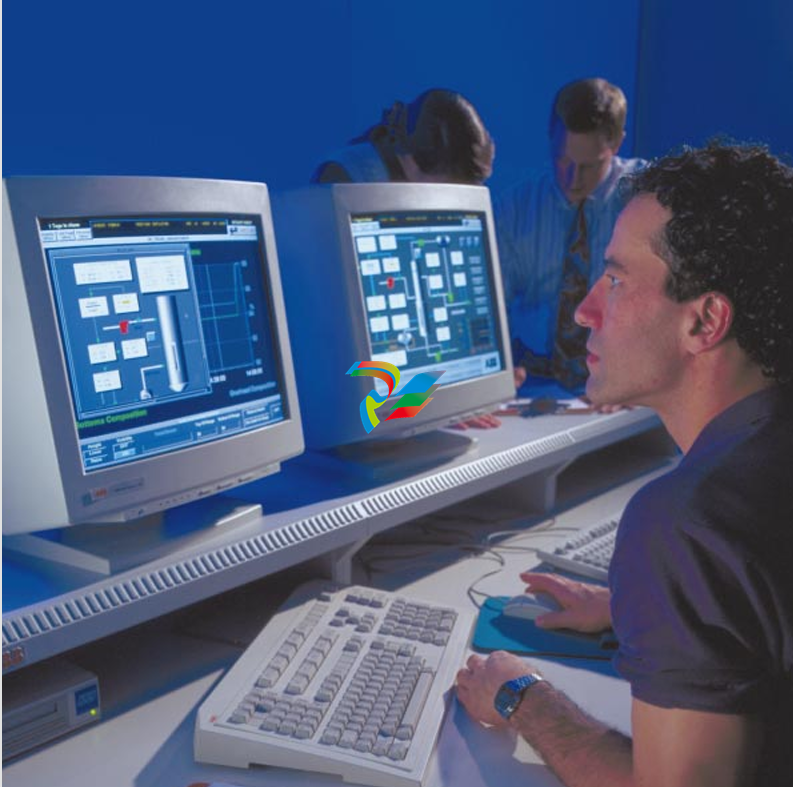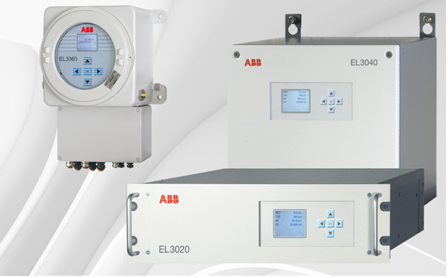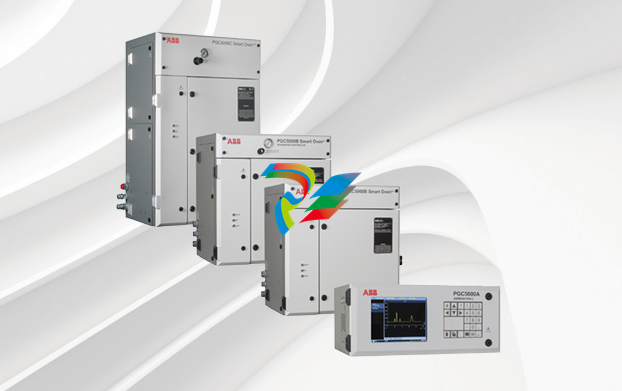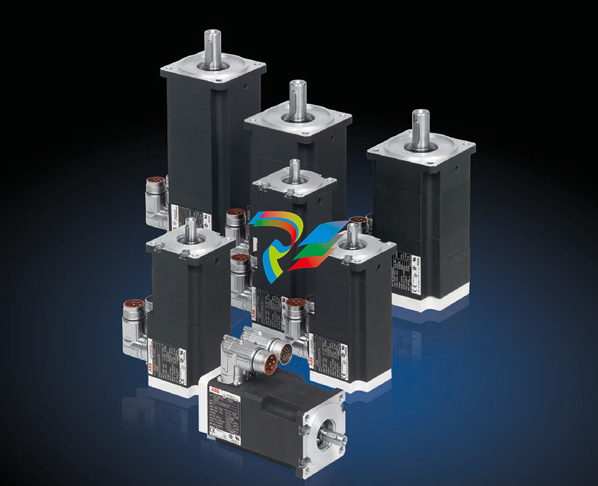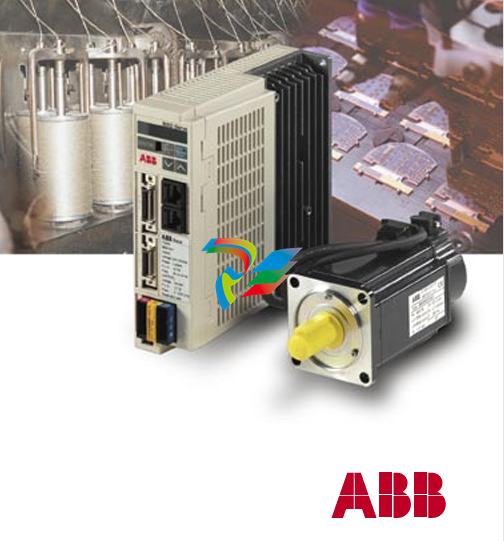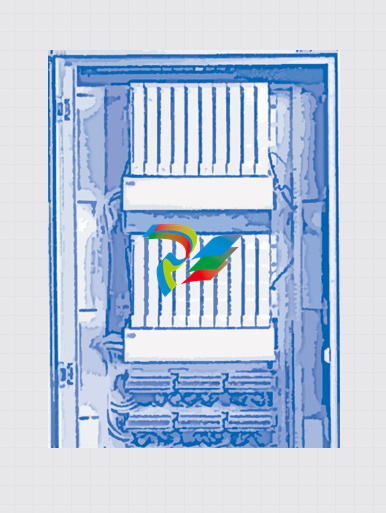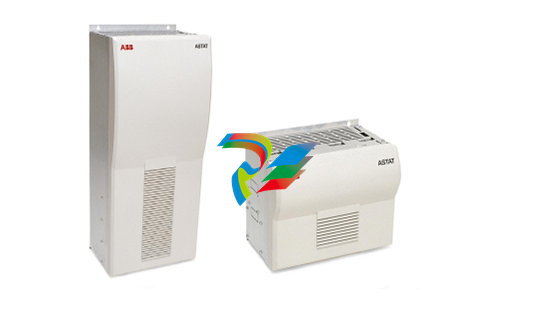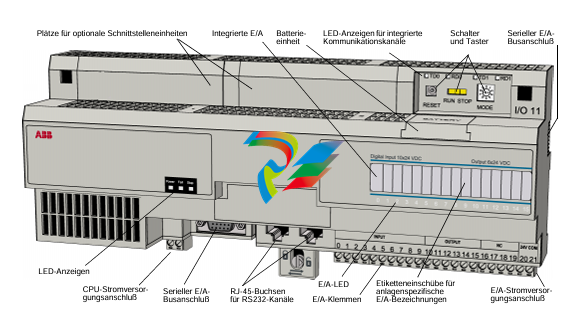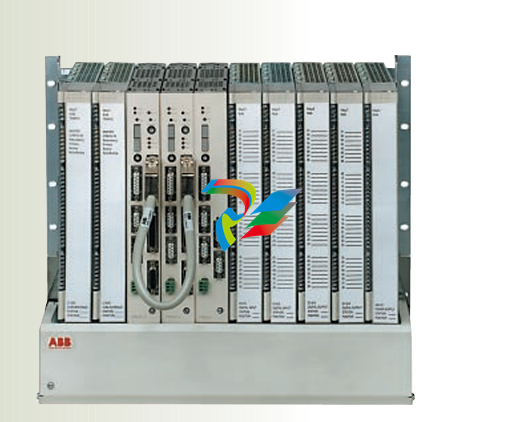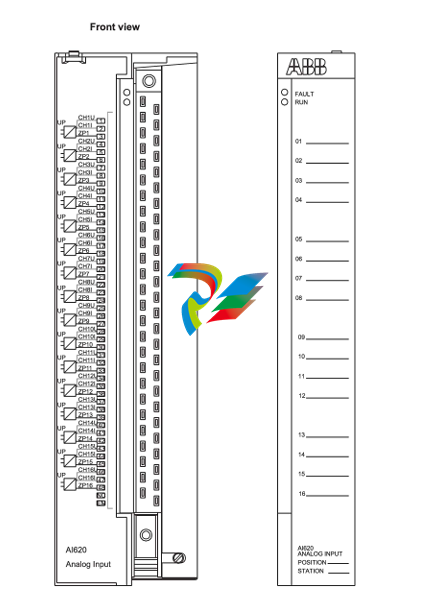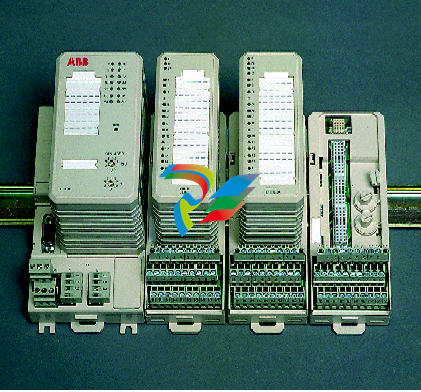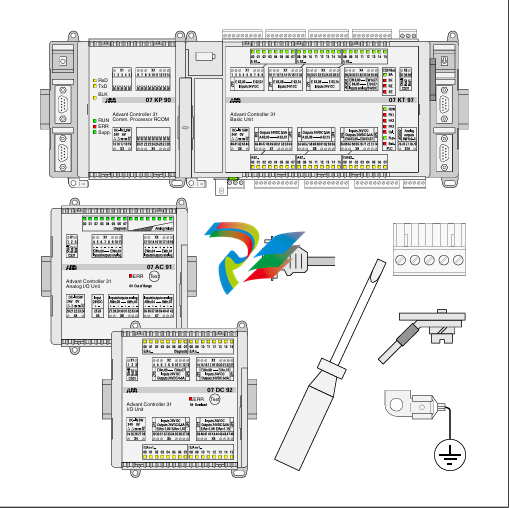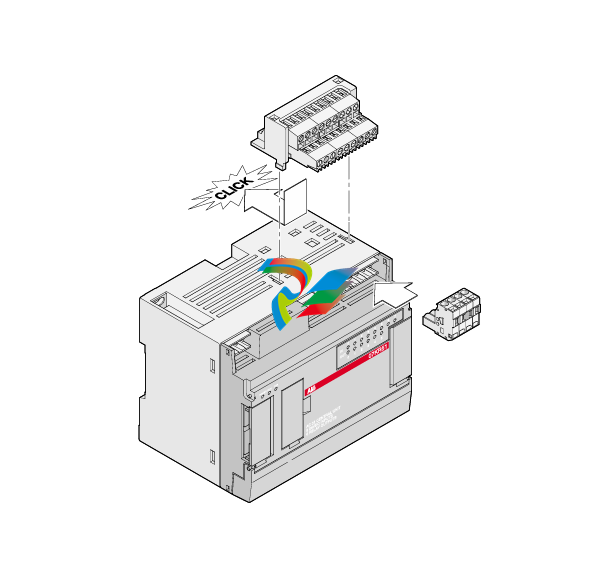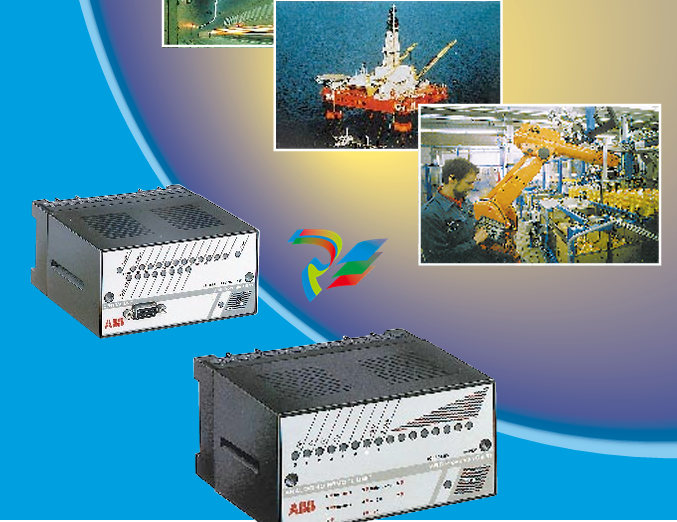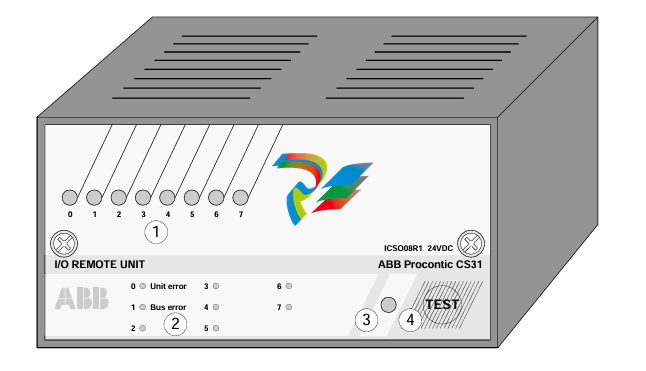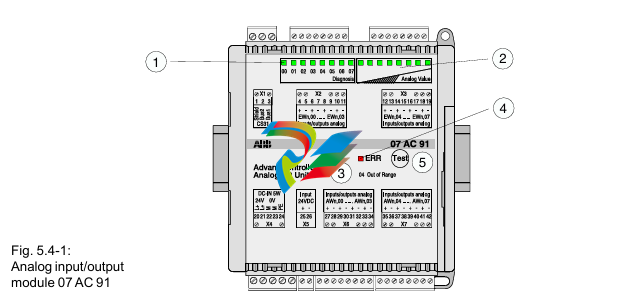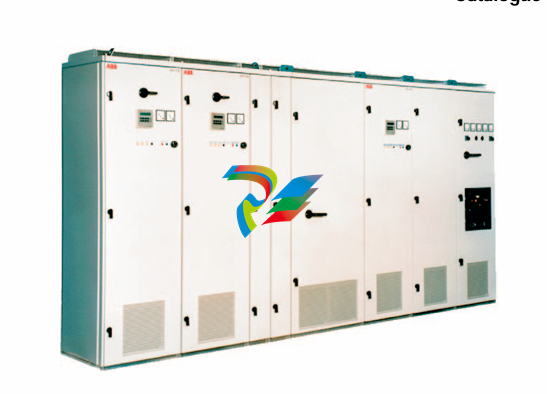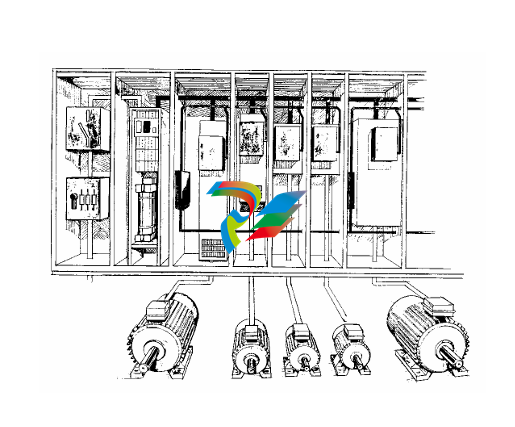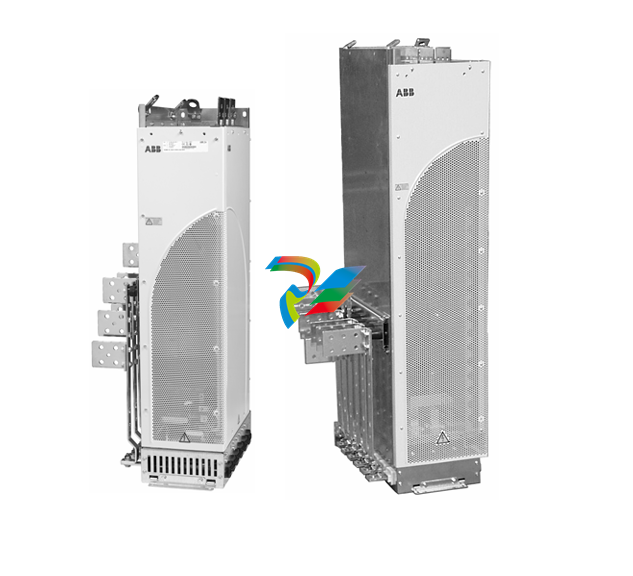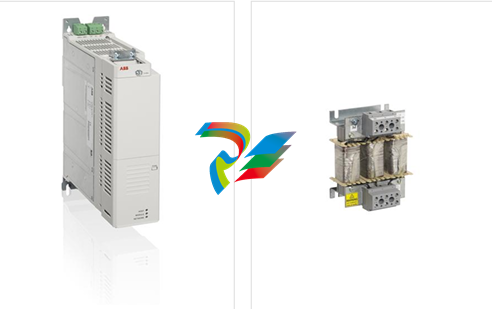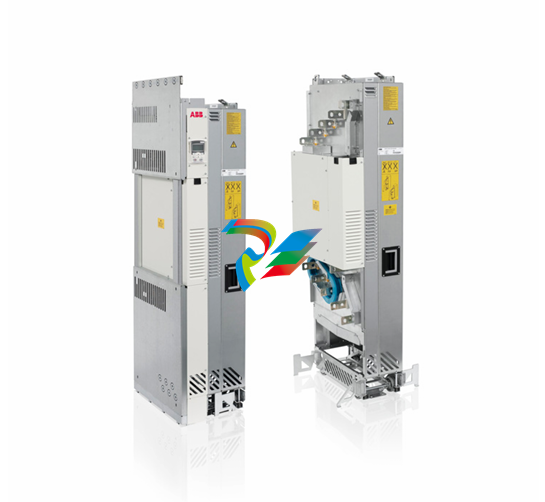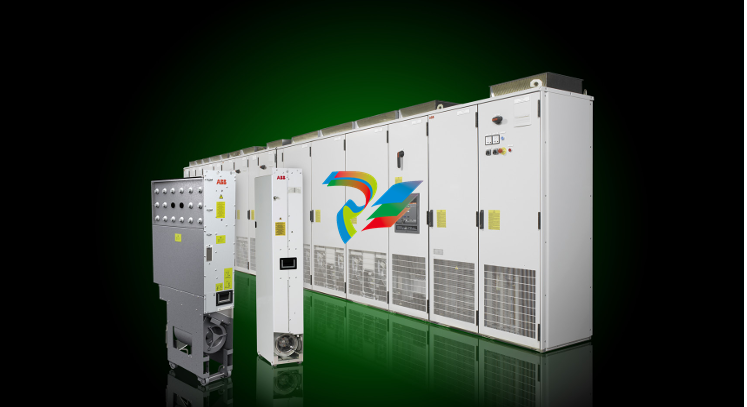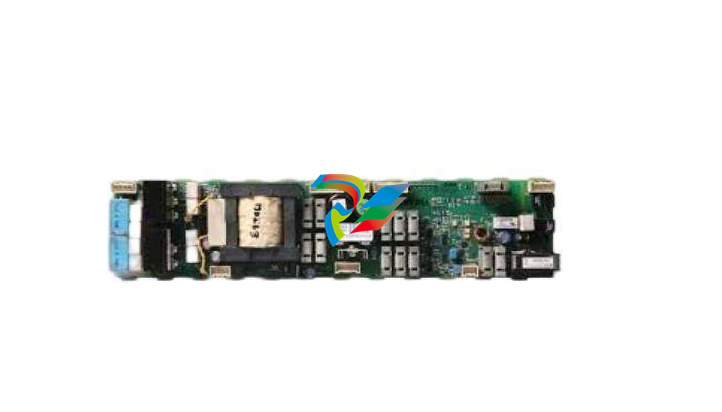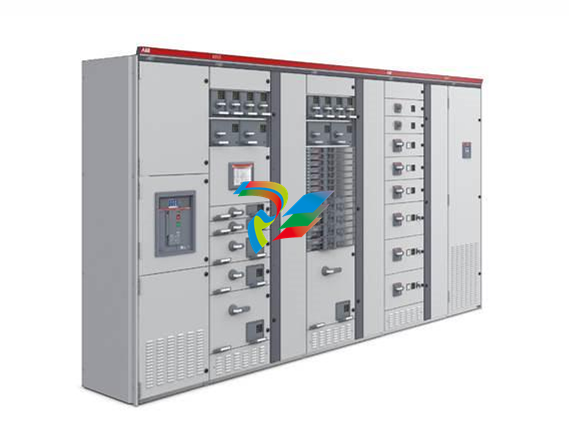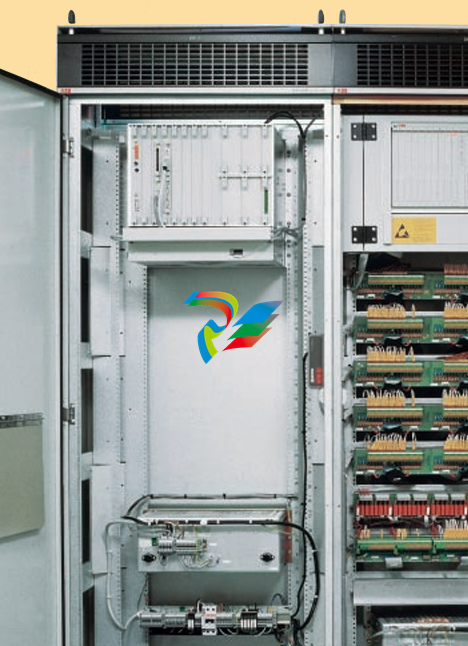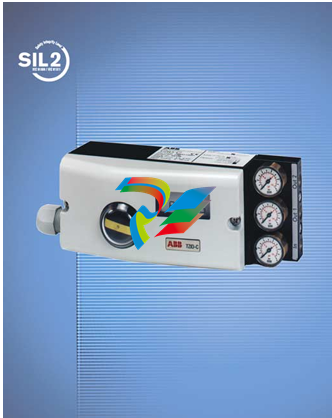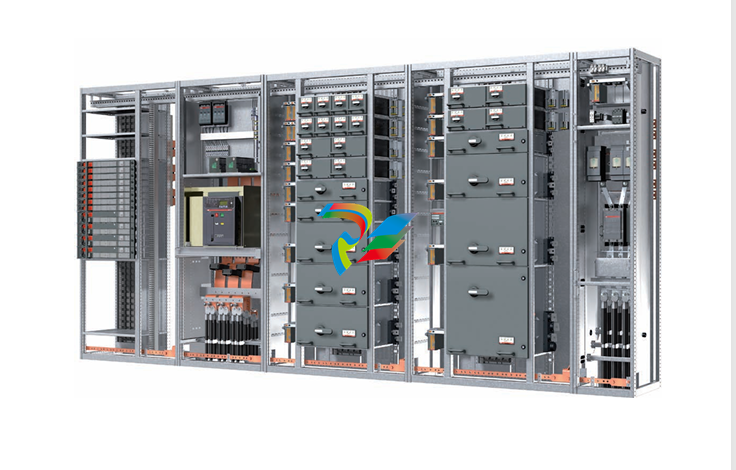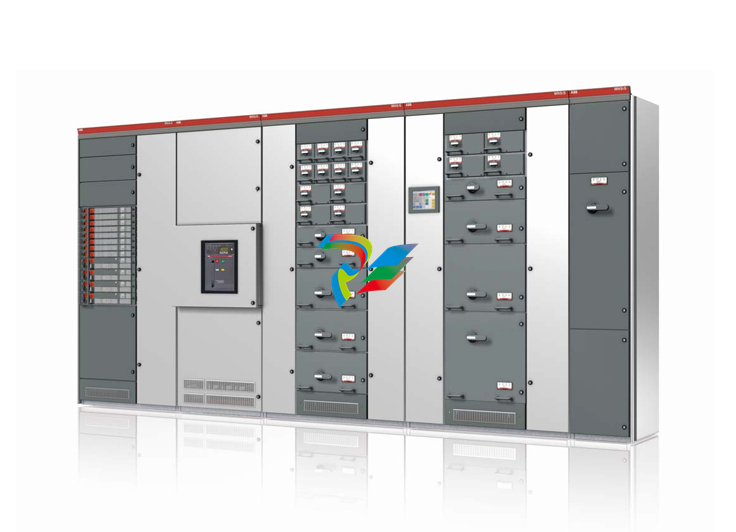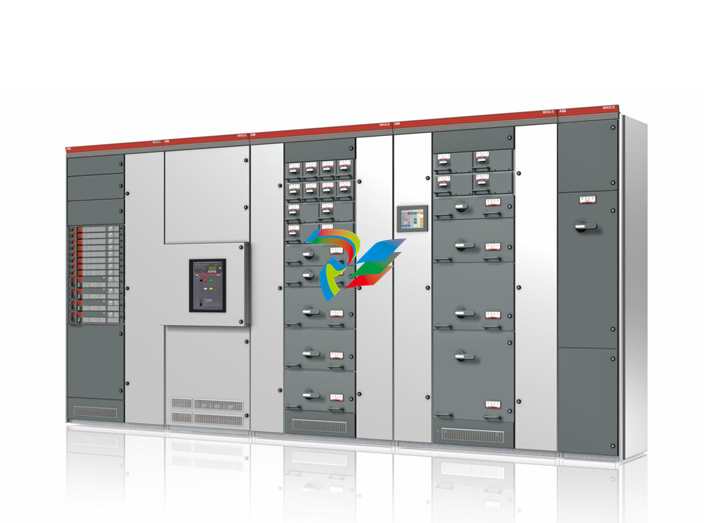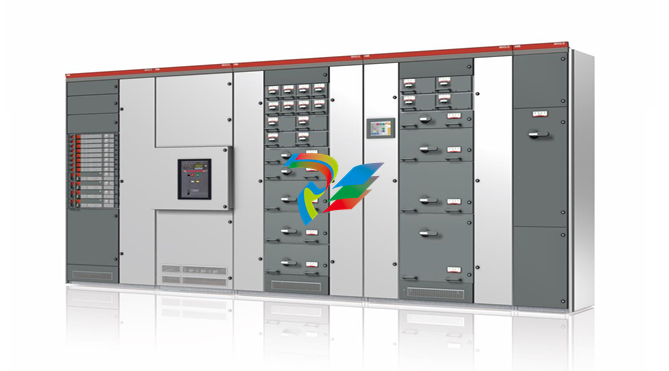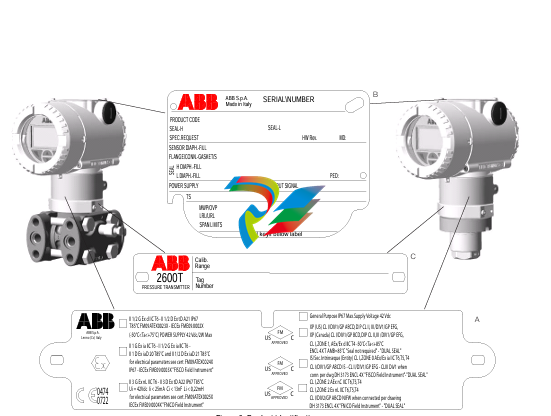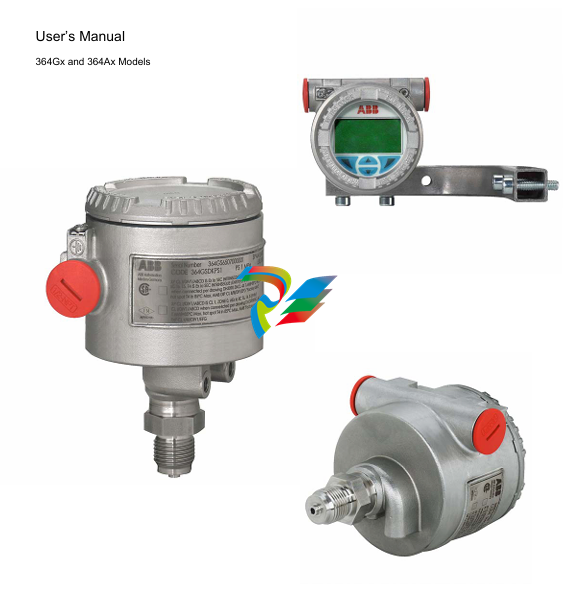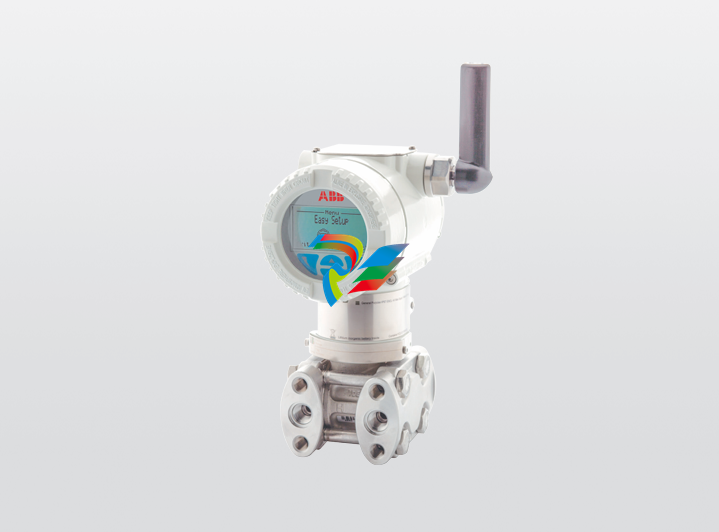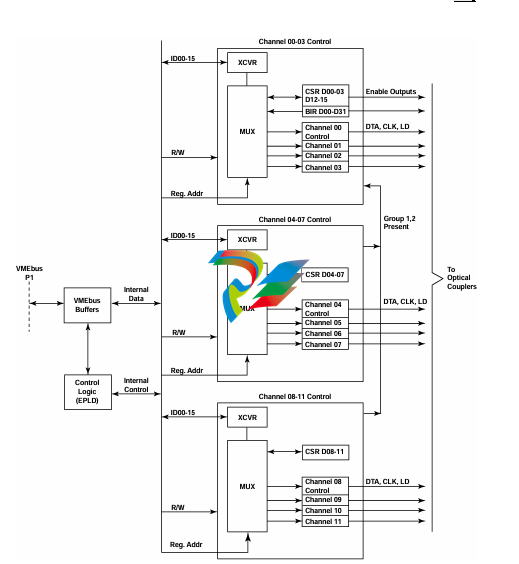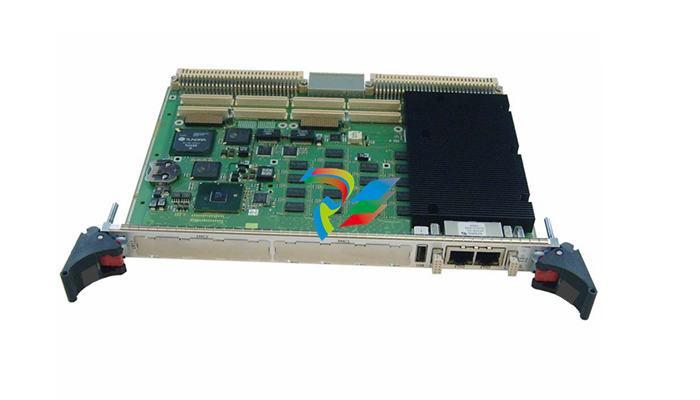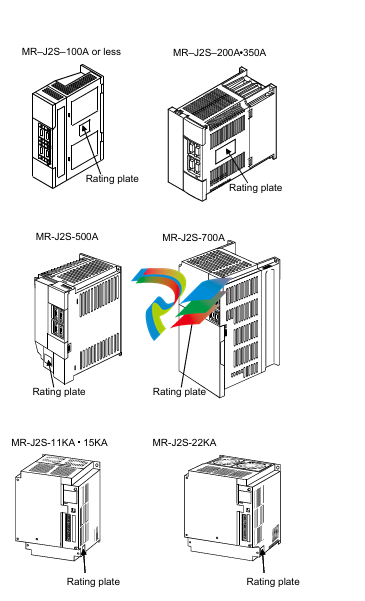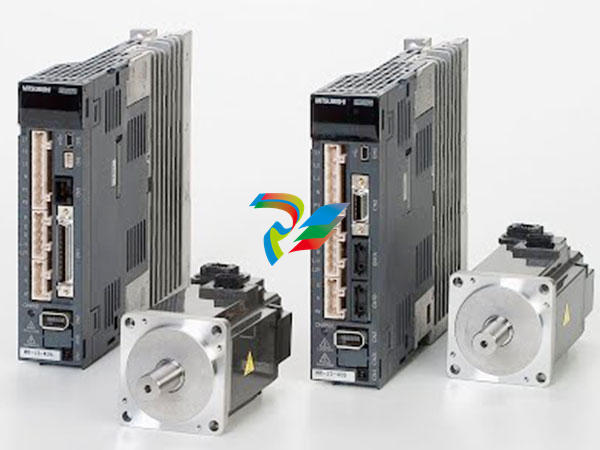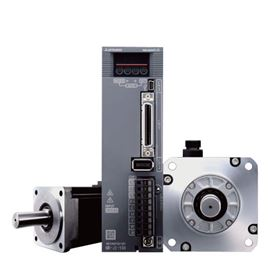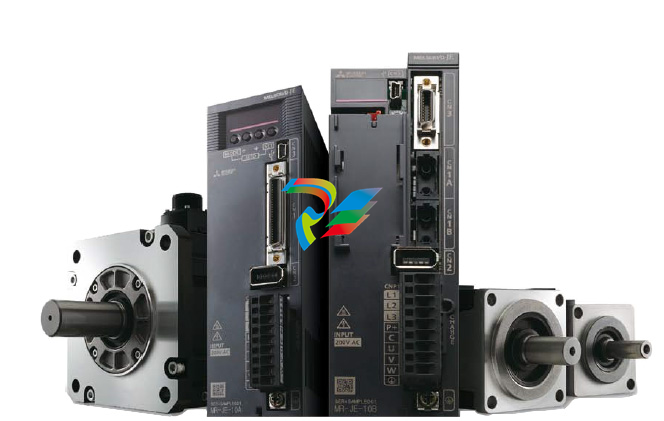
DCS; Industrial control system
Product
Article
NameDescriptionContent
Argument
Current Location:
PRODUCT SHOW
Description
FOUNDATION Fieldbus: A Detailed Description
1. Introduction
FOUNDATION Fieldbus is a digital, two-way communication protocol that has been widely adopted in the process industries for the automation and control of industrial processes. It was developed to meet the specific requirements of industries such as chemical processing, oil and gas, power generation, and pharmaceuticals, where accurate and reliable communication between field devices and control systems is crucial for optimizing operations, ensuring safety, and improving product quality.
2. Network Architecture
- Topology: FOUNDATION Fieldbus supports various network topologies, including bus, tree, and star configurations. The most common is the bus topology, where multiple field devices are connected to a single communication medium, typically a twisted-pair cable. This allows for a straightforward installation and easy addition or removal of devices along the bus. In a tree topology, branches can be added to the main bus to reach devices in different areas or zones of a plant. The star topology, although less common, can be used when a more centralized connection approach is desired, with each device connected directly to a central hub or junction.
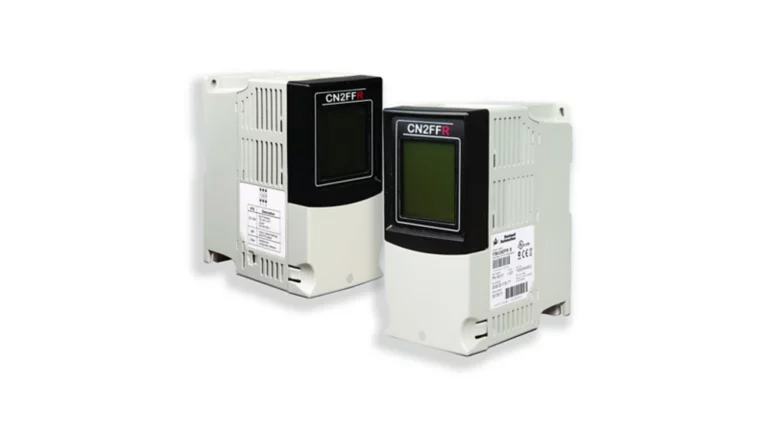
- Nodes and Devices: A wide range of field devices can act as nodes on the FOUNDATION Fieldbus network. These include sensors (such as temperature sensors, pressure sensors, flow meters), actuators (like valves, motors), and other intelligent devices used in industrial processes. Each device has a unique address assigned to it within the network, enabling targeted communication and identification. The network can support a significant number of nodes, depending on factors such as the cable length, the data transfer rate, and the power available for the devices, typically accommodating dozens to hundreds of devices in a single segment or across multiple segments connected through repeaters or bridges.
3. Communication Characteristics
- Data Transfer Rate: FOUNDATION Fieldbus operates at relatively low data transfer rates compared to some modern high-speed networks, usually in the range of 31.25 kbps. While this might seem slow, it is well-suited for the types of data exchanged in process control applications, which mainly involve the transmission of process variable measurements (e.g., temperature, pressure values) and control commands for actuators. The focus is on reliable and timely communication rather than high-speed bulk data transfer.
- Message Format: Data is transmitted in messages with a specific format defined by the FOUNDATION Fieldbus protocol. These messages contain a header that includes information such as the source address (identifying the sending device), the destination address (specifying the receiving device), and other control information. The payload section holds the actual data being sent, such as the value of a sensor reading or a command for an actuator. The protocol also incorporates error-checking and correction mechanisms, like cyclic redundancy checks (CRC), to ensure the integrity of the communicated data and detect any errors that may occur during transmission.
- Communication Distance: The maximum communication distance for a single segment of the FOUNDATION Fieldbus network depends on several factors, including the cable type, the baud rate used, and the power supply capabilities. Generally, with proper cabling (such as shielded twisted-pair cables) and under normal operating conditions, it can extend up to several hundred meters to a few kilometers. In larger industrial plants, repeaters or bridges can be used to extend the network's reach and connect different segments together, allowing for the coverage of extensive areas and connection of dispersed devices.
Purchase history
| User name | Member Level | Quantity | Specification | Purchase Date |
|---|
Total 0 Record
Customer Reviews
Satisfaction :
5 Stars
No evaluation information





